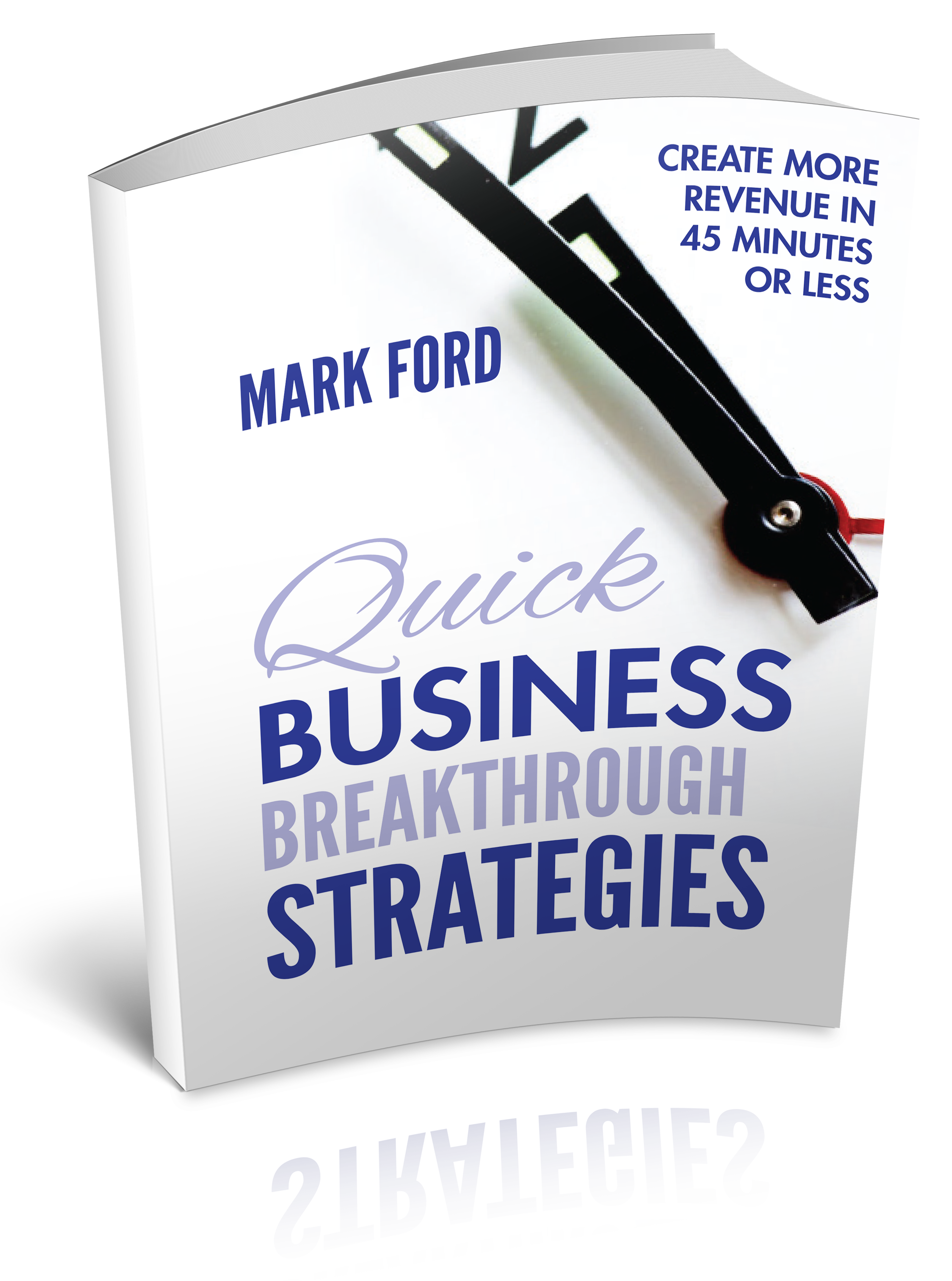Part 2:
We all know what we should be doing; we just don’t want to do it. It’s easy to put off undesirable deadlines and assignments until the very last minute, but then we’re forced to pull a stress-induced all-nighter. Seven cups of coffee later, we’re exhausted, frustrated, and turning in a project that hardly showcases our best work. Here are the top 10 tips to crush procrastination and actually get some work done!
Last time we covered 1-5:
- Get organized
- Set simple achievable goals
- Create a timeline/schedule
- Set a deadline
- Get rid of distractions
Now let’s complete the list and the coaching… (#9 is my “go to”)
6. Time yourself
When loaded with projects and deadlines, it’s easy to overwork yourself. Plus, our brains can really only handle so much information and focus at a time! So how long should you work on one item? Everyone is different, but most experts agree on a range of 50 to 90 minutes. Set a timer for a block of focused work to prevent yourself from burning out. You may have to experiment to find your “sweet spot” for the length of time you spend on each task. According to the Atlantic, the formula for perfect productivity is to work for 52 minutes and break for 17.
7. Take a break
It’s important to take mental breathers from work every now and then. When your timer goes off, take a 10–30-minute break. Listen to music, take a walk, do something less intense, or scream into a pillow—anything that takes your mind off of work and allows you to relax.
8. Use incentives
Everyone loves being rewarded. It’s important to give yourself incentives, no matter how small. It could be something as simple as, “If I work on this project for an hour, I’ll take a break to read a chapter of this new book.” Or it could be a bigger goal like, “If I knock the ball out of the park with my presentation at the meeting, I’ll take my significant other to our favorite restaurant.” It’s easier to pay attention when something is at stake.
9. Get the hard stuff done first
This may make you want to push everything back farther. It’s hard to do something that you don’t want to do. But guess what? Once you do it, it’s over! It is best to complete your most challenging assignments first. That way everything after it seems easier and takes a shorter amount of time. If you keep pushing the month end report back, you’re never going to get it done. It’s best to buckle down and just do it.
10. Tell someone about your goal
It’s easy to forget about assignments or put them off if you’re the only person holding yourself accountable. If you really want to get something done, tell a co-worker, friend, or family member. Now there is someone helping you hold yourself responsible for your goals. You can’t back out or slough it off. As an added bonus, you also have someone to celebrate your victories with, no matter how small. Whether it’s getting the promotion you’ve worked hard for this year or even just finishing a project a few days in advance, your friend will be there to support you.



